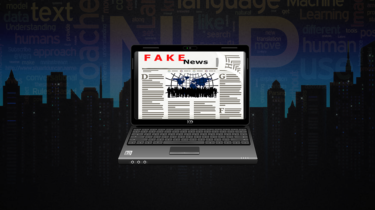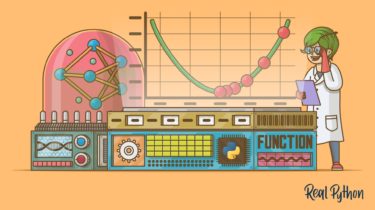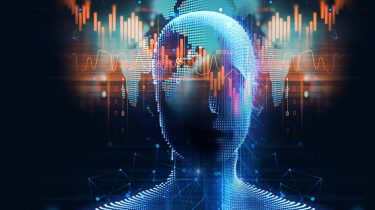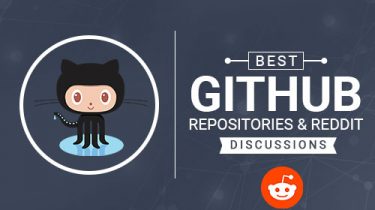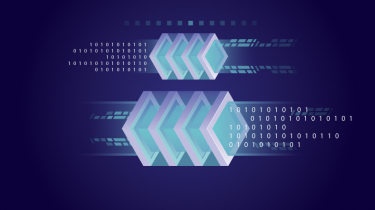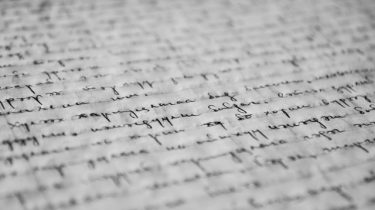Detecting Fake News with Natural Language Processing
This article was published as a part of the Data Science Blogathon 1. Introduction We consume news through several mediums throughout the day in our daily routine, but sometimes it becomes difficult to decide which one is fake and which one is authentic. Do you trust all the news you consume from online media? Every news that we consume is not real. If you listen to fake news it means you are collecting the wrong information from the world which can […]
Read more